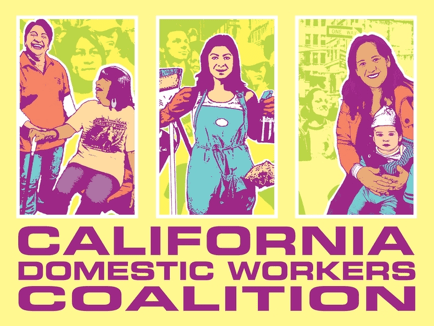Sabrina Marchetti and Eileen Boris
he health crisis quickly became a mobility crisis. The limited freedom of movement we all are under is more so for those living away from their home country, whether as long -term emigrants or recent migrants. The more than 11 million migrant domestic and care workers worldwide are especially at risk of contagion but also of unemployment or of being made irregular.
Some of the worst images of suffering come from Ecuador where the epidemic is overwhelming, but underreported. The first Ecuadorian victim apparently was a 70-year old Ecuadorian woman who returned home after having lived many years in Spain. She may have been one of the many Ecuadorians who settled in Spain to work in households. One domestic worker from Guayaquil wrote to us lamenting the curfew in the city, the lack of food and medicine, and the corpses of people who died of the virus abandoned in the street. No one can go out. Cleaners were forced to remain at their employers. Many others have already lost their jobs, either because employers have died, or because employers now fear having strangers in their homes.
The problems for domestic and care workers are not much different in all other countries. Lee, a Filipina migrant in Los Angeles, explains some of the difficulties domestic and care workers face during the stay at home orders issued to combat the pandemic. Despite being considered essential workers, they can’t social distance to do their jobs—and they can’t afford not to work. In normal times, they move from client to client, and are already exposed to pathogens and carcinogens, today they suffer even more with employers often failing to provide protective equipment, like face masks, gloves, or ecological cleaning supplies.
